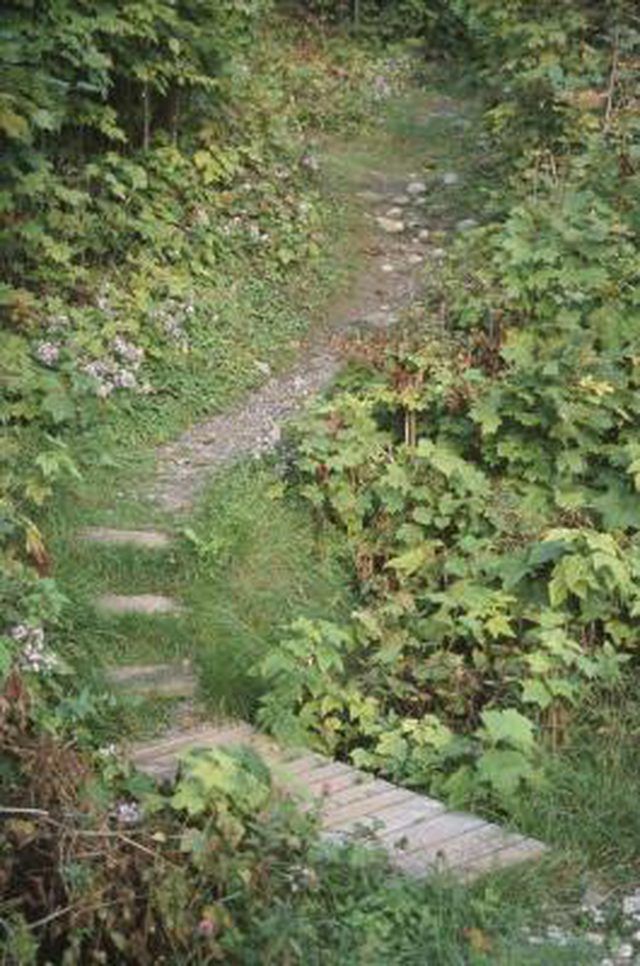Bulbs
Flower Basics
Flower Beds & Specialty Gardens
Flower Garden
Garden Furniture
Garden Gnomes
Garden Seeds
Garden Sheds
Garden Statues
Garden Tools & Supplies
Gardening Basics
Green & Organic
Groundcovers & Vines
Growing Annuals
Growing Basil
Growing Beans
Growing Berries
Growing Blueberries
Growing Cactus
Growing Corn
Growing Cotton
Growing Edibles
Growing Flowers
Growing Garlic
Growing Grapes
Growing Grass
Growing Herbs
Growing Jasmine
Growing Mint
Growing Mushrooms
Orchids
Growing Peanuts
Growing Perennials
Growing Plants
Growing Rosemary
Growing Roses
Growing Strawberries
Growing Sunflowers
Growing Thyme
Growing Tomatoes
Growing Tulips
Growing Vegetables
Herb Basics
Herb Garden
Indoor Growing
Landscaping Basics
Landscaping Patios
Landscaping Plants
Landscaping Shrubs
Landscaping Trees
Landscaping Walks & Pathways
Lawn Basics
Lawn Maintenance
Lawn Mowers
Lawn Ornaments
Lawn Planting
Lawn Tools
Outdoor Growing
Overall Landscape Planning
Pests, Weeds & Problems
Plant Basics
Rock Garden
Rose Garden
Shrubs
Soil
Specialty Gardens
Trees
Vegetable Garden
Yard Maintenance
How to Build Natural Steps Up a Hill
How to Build Natural Steps Up a Hill. Modern landscaping often incorporates the use of natural features to give gardens character. Some are not only aesthetic, but functional, such as natural steps that lead to another level in the garden. If stairs are not proportioned right, they can be difficult to use. Stick to a time-tested formula for natural...

Modern landscaping often incorporates the use of natural features to give gardens character. Some are not only aesthetic, but functional, such as natural steps that lead to another level in the garden. If stairs are not proportioned right, they can be difficult to use. Stick to a time-tested formula for natural stairs -- the same formula of width and height to make stairs comfortable to climb or descend. To keep them natural looking, you don't need to make them look perfect. Just cut them into the ground with a shovel and place some 2-by-6 redwood down.
Things You'll Need
12-inch stick
Measuring tape
Redwood, 2-by-6-by-24 inches
Shovel
Measure from one end of the stick and make a mark at 7 inches.
Place one of the 2-by-6 redwood pieces on the ground where you wish to start the first step.
Hold the stick vertically at the end of your foot where you wish to place the first step. Mark the location visually on the ground using the 7-inch mark on the stick for reference. Begin digging the first step horizontally into the ground at the mark. Use the redwood piece at your feet to gauge the width.
Place one of the 2-by-6 redwood pieces in the cutout when it is big enough to fit. Check to see if if the cutout is visually level. Remove the redwood and continue digging until two pieces of redwood will fit into the cutout side-by-side.
Place the stick vertically on the first redwood step. Use the 7-inch mark to visually align the height and start digging another step just as you did before. Repeat digging, measuring and placing 2-by-6 redwood until you reach the top of the hill.
Hold the shovel vertically and use it to cut and chop off any protrusions such as roots and grass from the back and sides of the stairs. Tap the back and sides of the stairs with the back of the shovel to firm the soil.
Tips & Warnings
Don't make stairs too perfect. Natural landscaping should fit the environment. The 24-inch measurement is an example. You can cut the redwood and make steps longer or shorter.
Don't place steps in an obvious area of watershed. Try to locate them on a rise in the ground. It's okay to vary slightly from the measurements, but not too much. Stairs tend to be more comfortable when they are 7-inches tall and 12-inches deep.